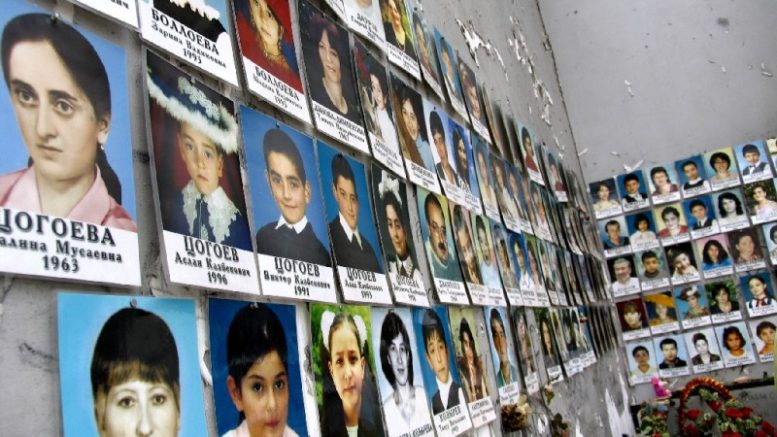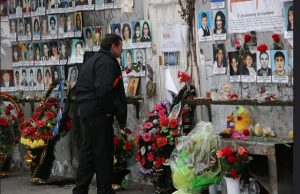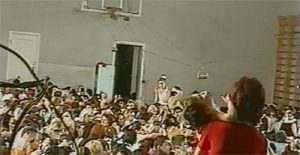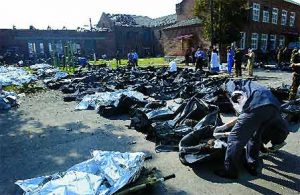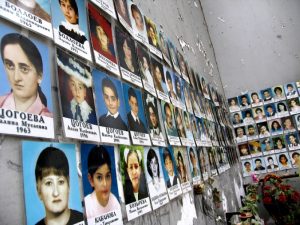On September 1, 2004, 770 children were kidnapped by terrorists in Russia in a small town of Beslan. It was a return to school for these children at Beslan School Number One; the event was celebrated as a “Day of Knowledge,” and parents accompanied their children in the joyous return to school. After lining up for photographs to remember the day, children entered the school. So did terrorists who rushed into Beslan School Number One, while the children were filing into classes. Many of the older children who saw the terrorists were able to flee. Most of those left behind were the smallest, youngest children, including parents with their babies. terrorists sought to lure back confused children, uncertain if they should flee, with candy.
Terrorists then forced 1,124 hostages into a small school gymnasium which was wired with explosives in the school’s basketball hoop and a dozen other bombs in the Beslan school; they mined the school with grenades, home-made explosives, and landmines, keeping the most powerful bombs in the gym where the children were kidnapped. Some terrorists also wore explosive suicide vests. They told the children that were going to die. In the small confined space, children suffered from heat and some were forced to strip naked from the heat. Without food and water for three days, some were forced to drink their own urine. The few male adults (including children’s fathers) also captured by the terrorists were forced to build fortifications in the school for the terrorists; then they shot them and dumped their bodies out a school window. The terrorists recorded a video of their atrocities (shown in the film “Three Days in September”), laughing and proud of what they had done.
On September 3, 2004, after three days of being terrorized by these terrorists, 186 of these children were killed, some killed by terrorist bomb explosions, some shot in the back by terrorists. Some fled from the schoolhouse streaked with blood as the terrorist bomb explosions brought the Russian military into a firefight with the terrorists. Many more children were injured, lost limbs, and were seriously wounded physically and emotionally. By September 4, 2004, children’s bodies were lined along the ground outside the Beslan school house, plastic bags covering the bodies, as mothers and fathers sought to find their lost children to know if they were among the dead or wounded evacuated to hospitals. The children had just been going to school. It was a day just like today.
Days after the Beslan atrocities by terrorists, some believed that the magnitude of the atrocity against helpless children would rouse the sleeping conscience of civilization. The London Times’ William Rees-Mogg stated on September 4, 2004 that “Beslan is Russia’s 9/11: it will change the world,” stating that:
“One must not underestimate the sheer impact of the horror of the event itself. It is something people find very hard to contemplate. The people who planned this massacre are every bit as evil as the people who planned Pearl Harbor or 9/11, or as the SS men who ran Auschwitz. There is a blank horror about what they did to young children which fortunately has few parallels in the history of evil. It is important to hold onto that because the world’s sense of horror will influence everything that will follow.”
But in fact, the terrorist atrocity against Beslan’s helpless children did not “change the world,” or even wake up many of the so-called “foreign policy experts” who live in denial on the ideology of terrorist hate.
